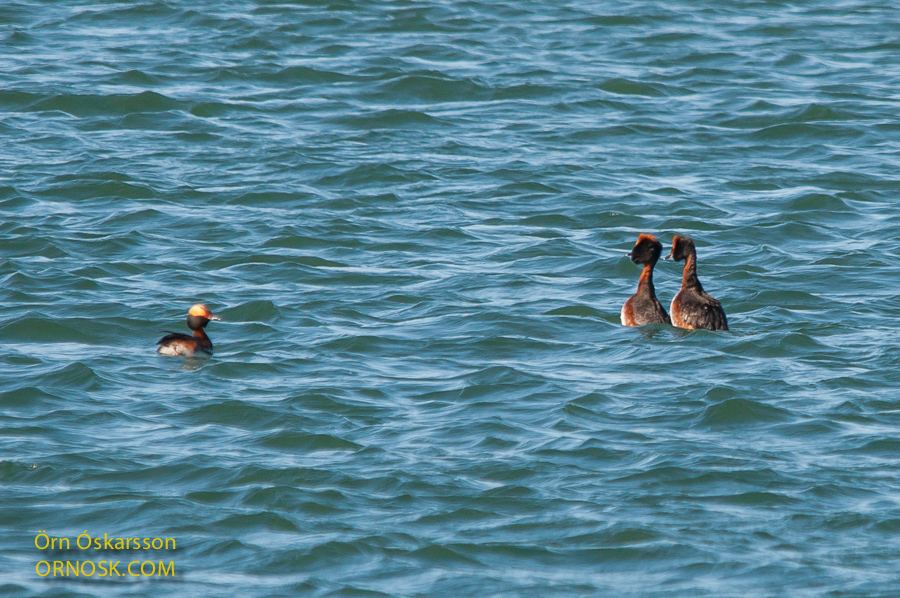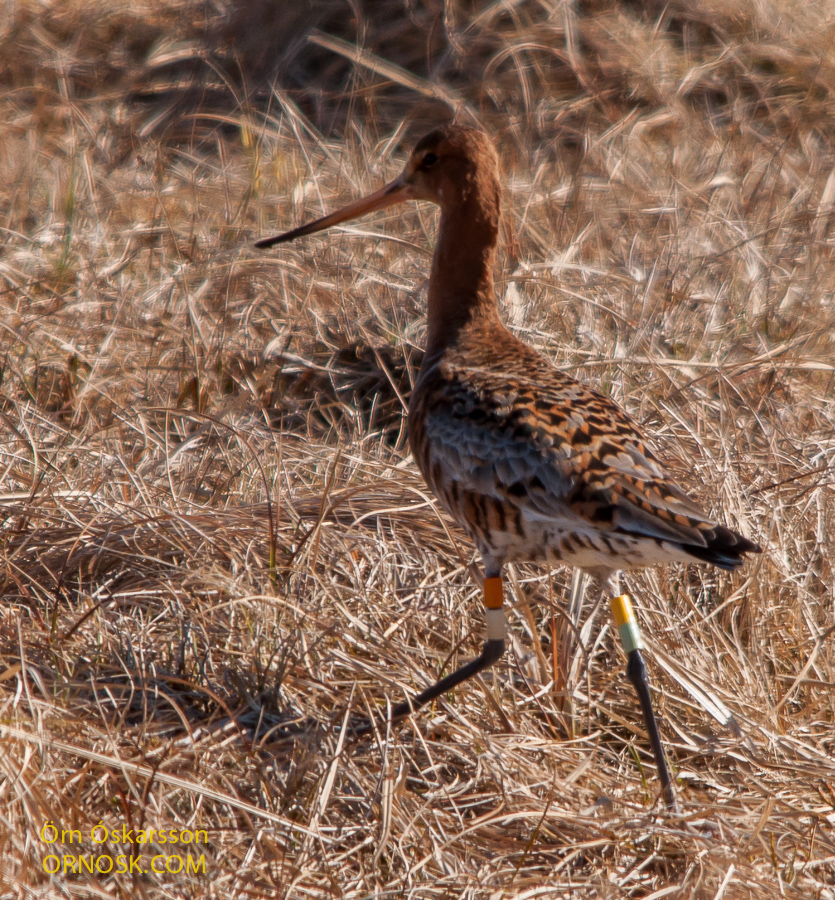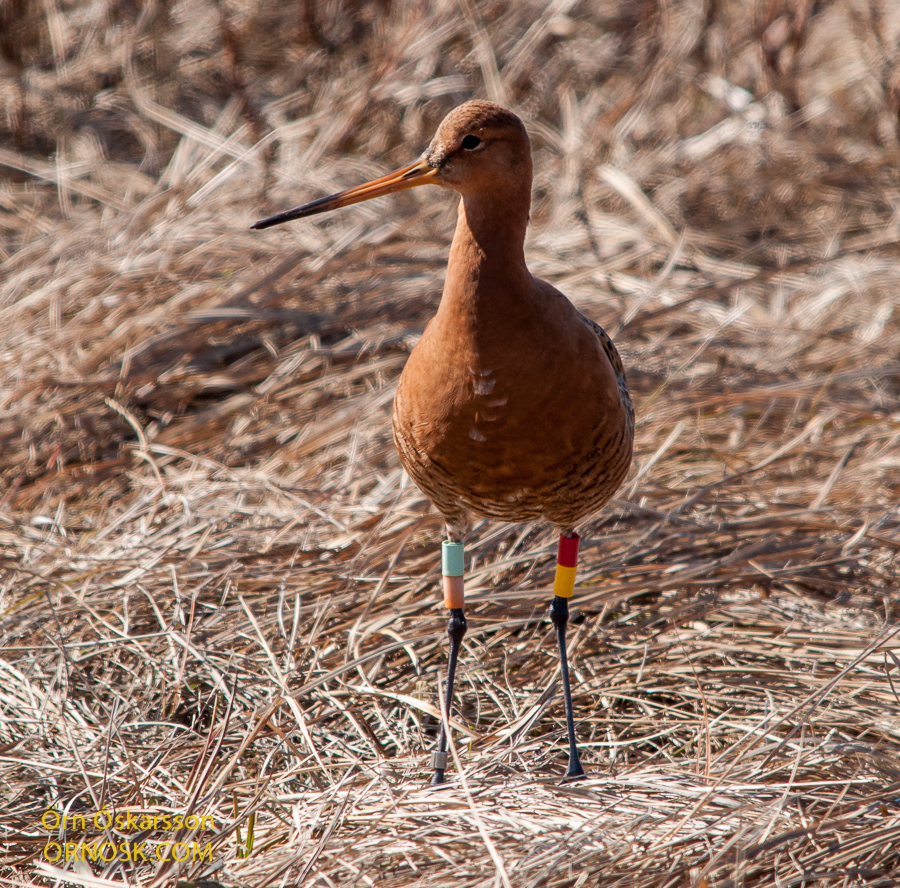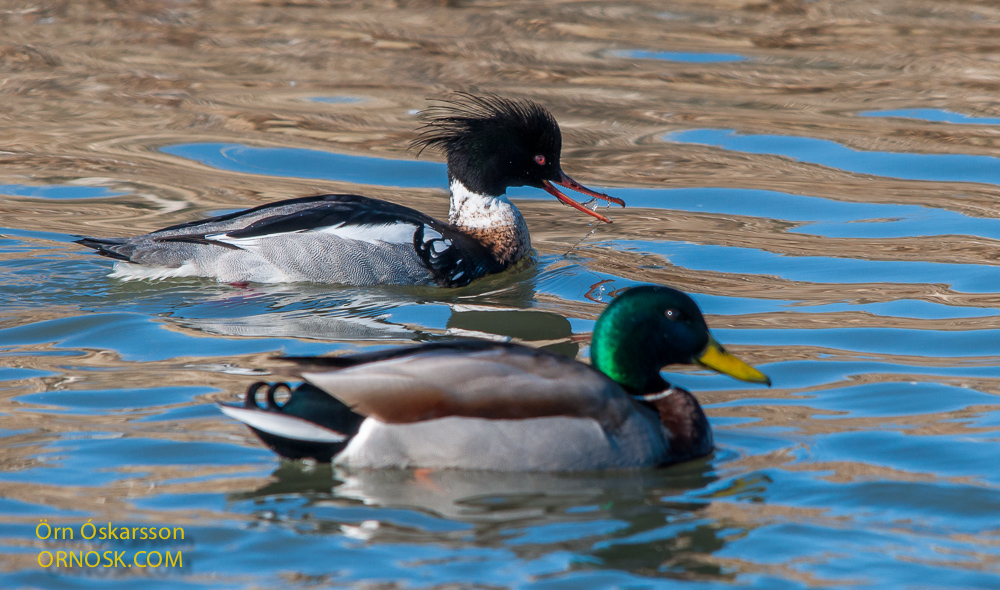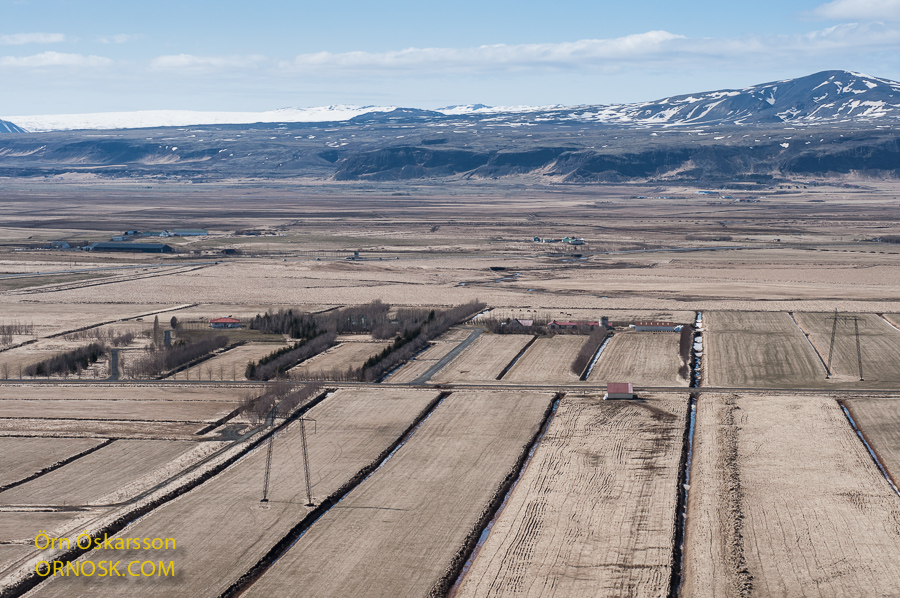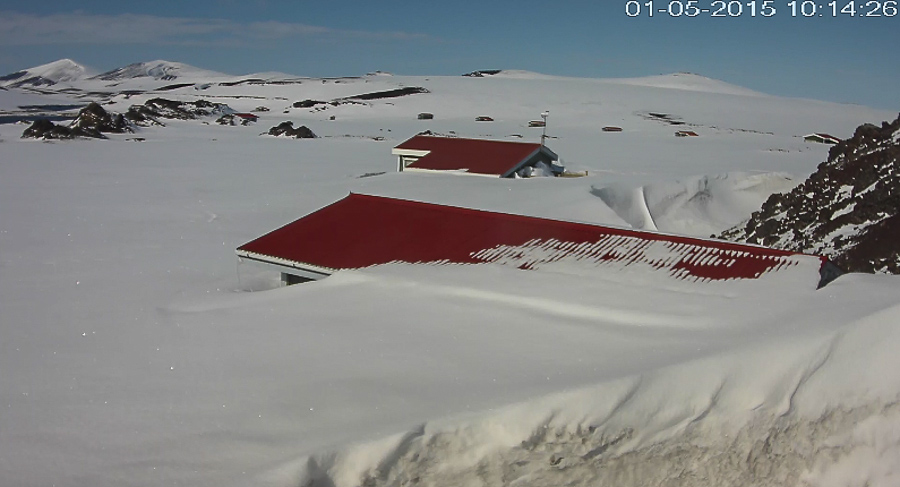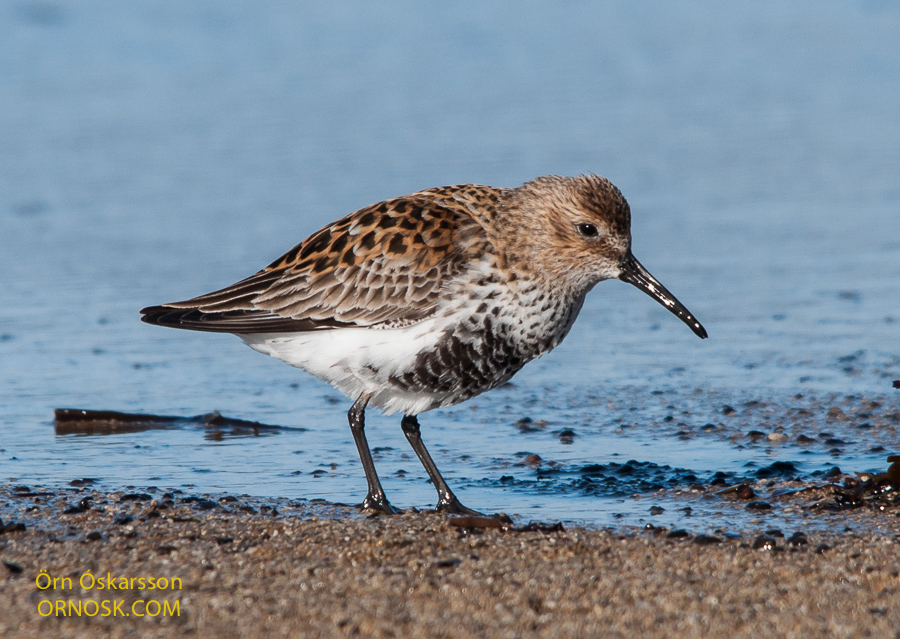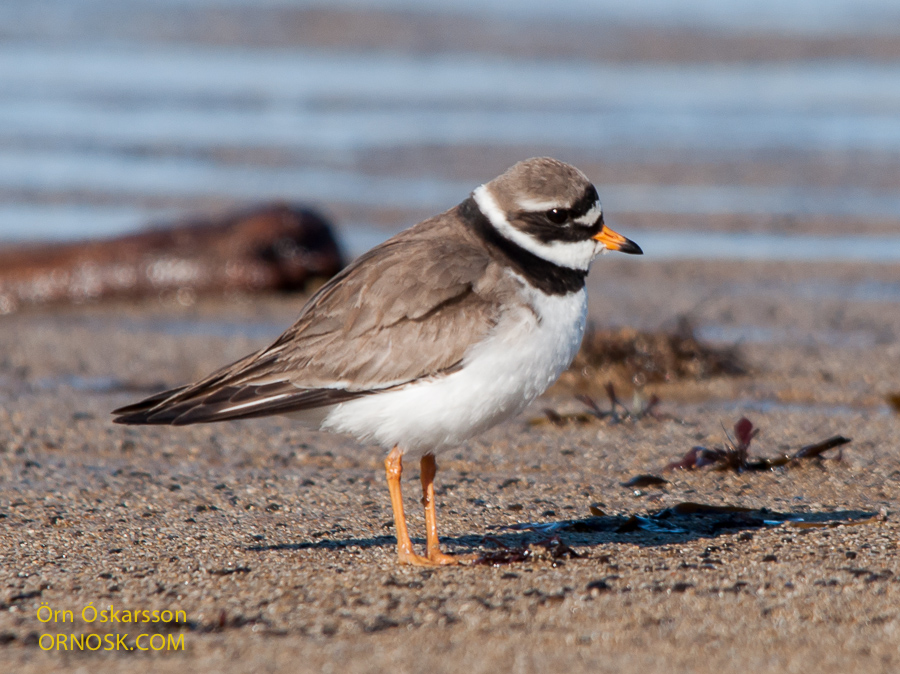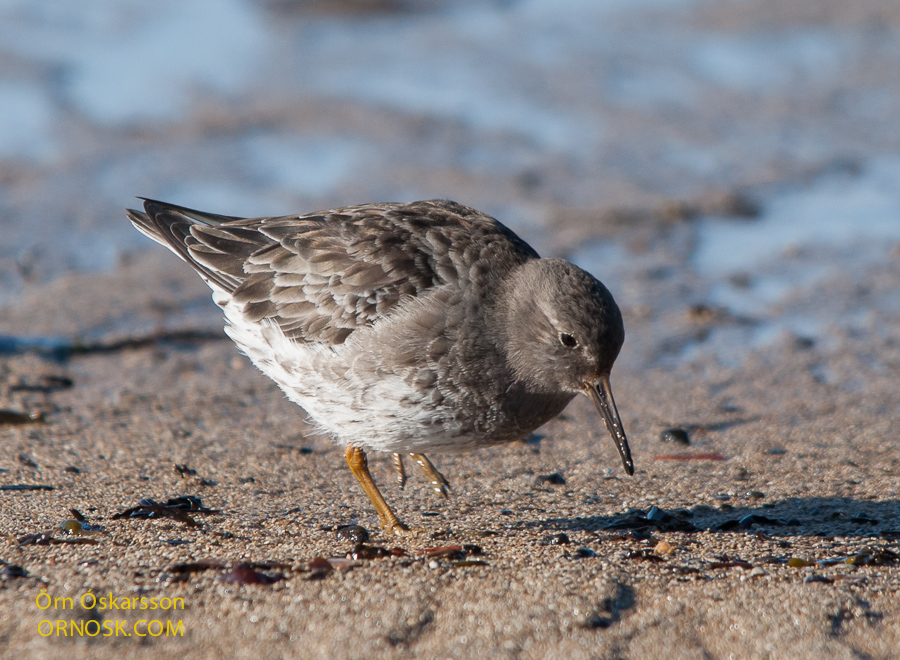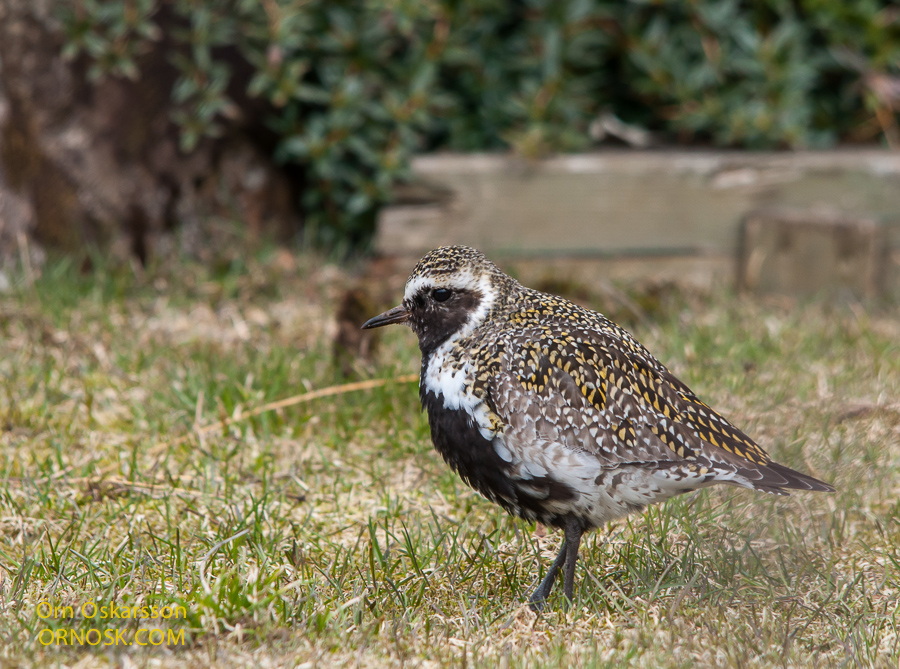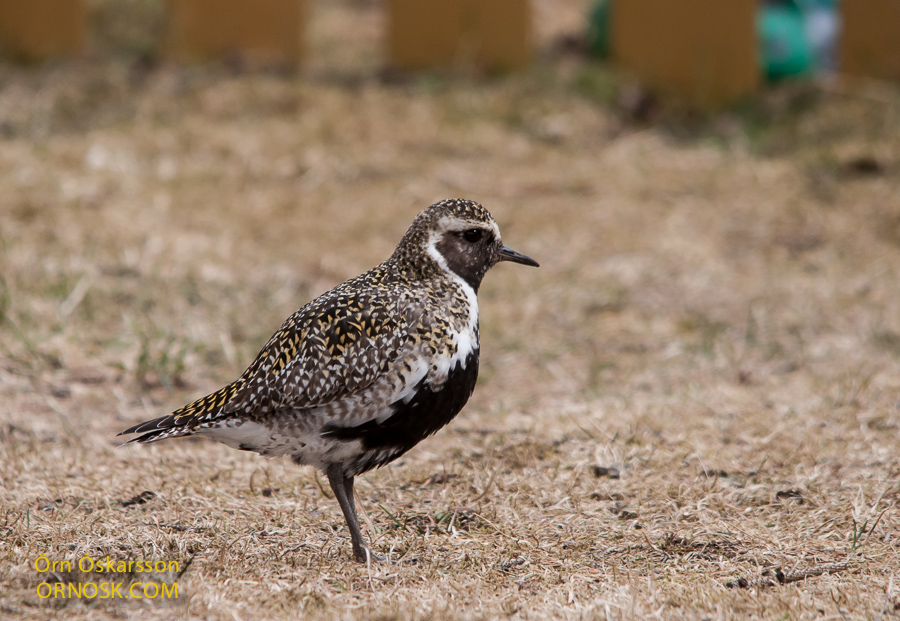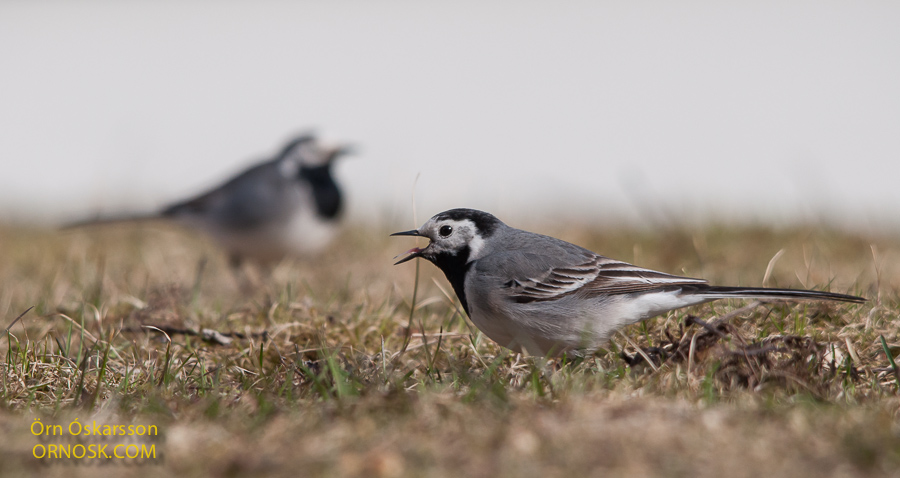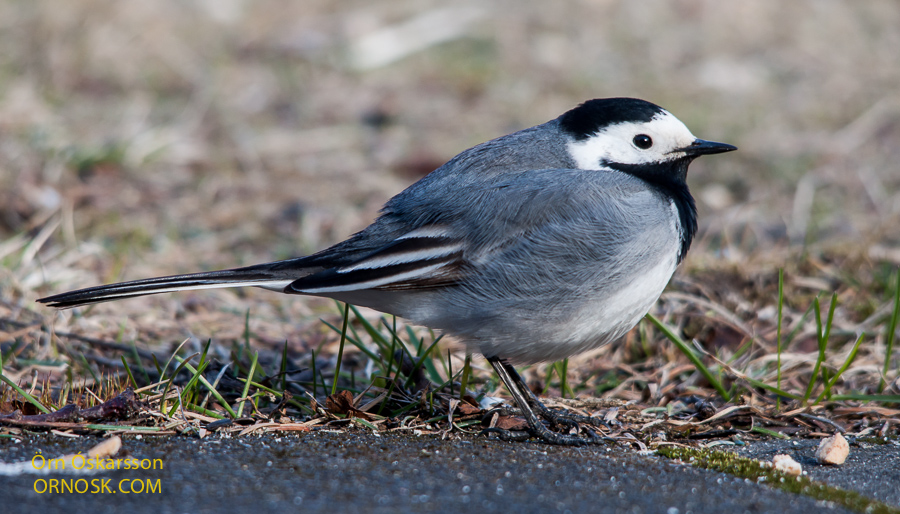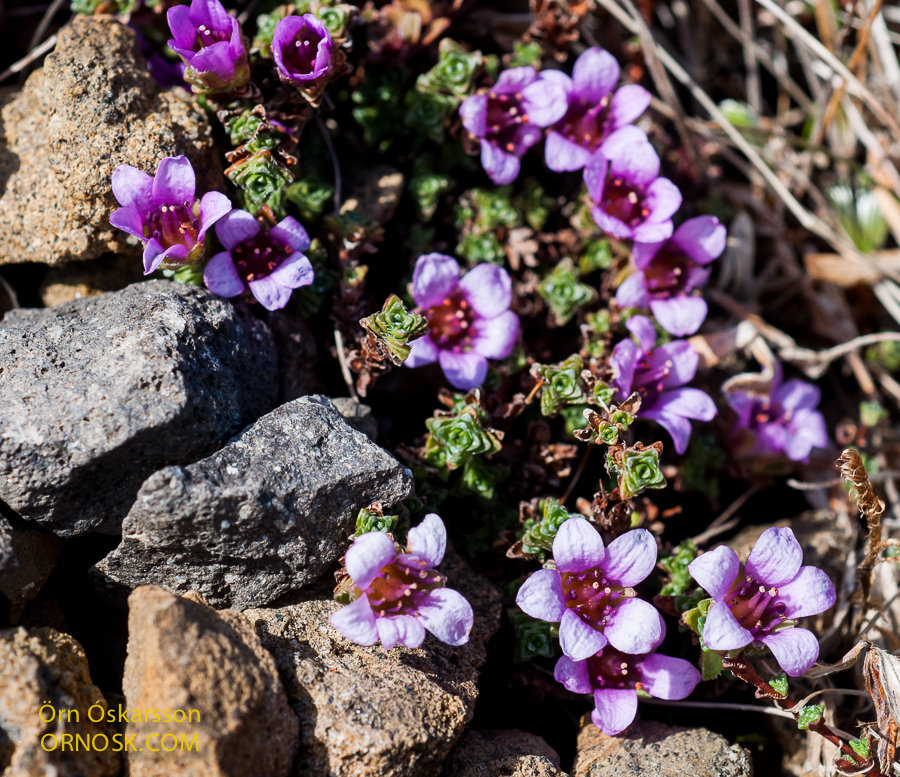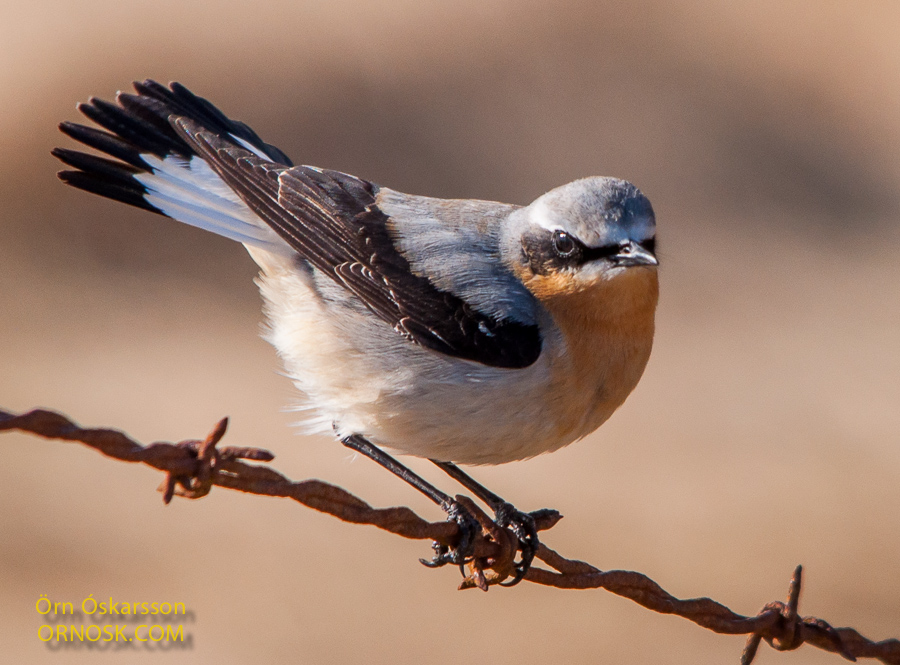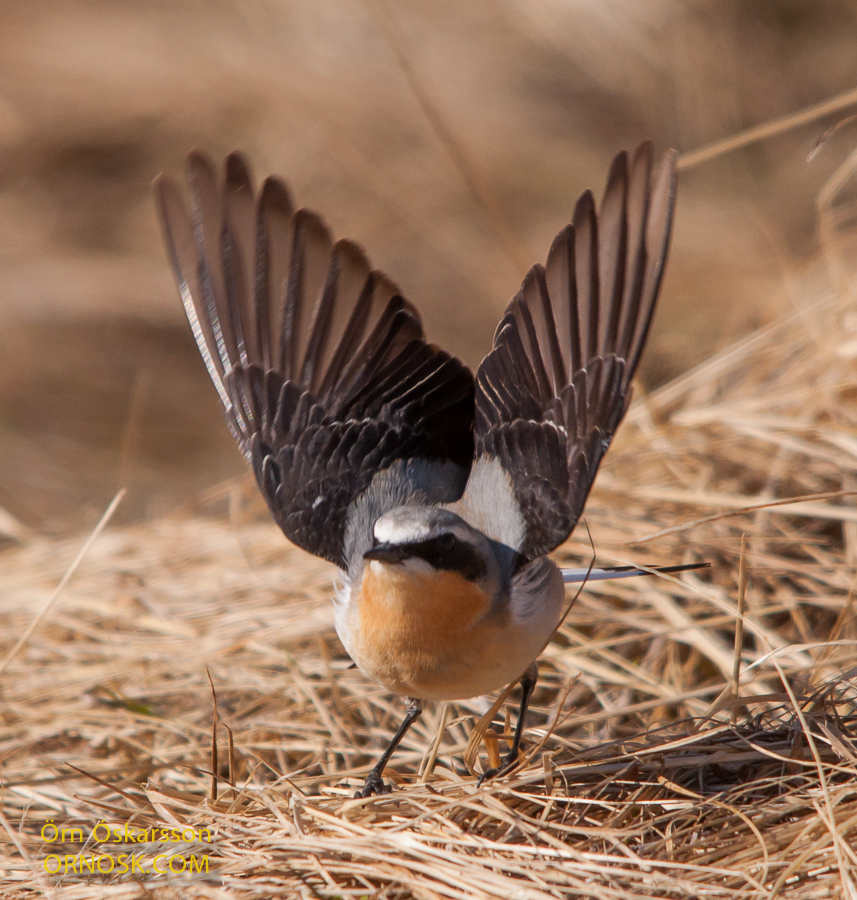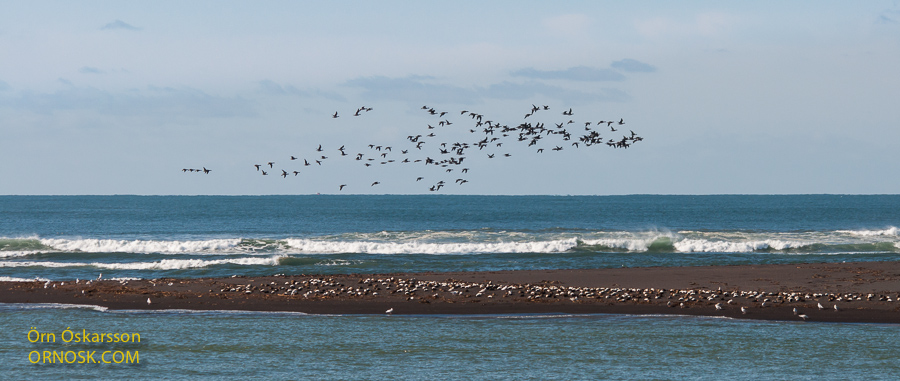On our bird watching trip Sunday morning we saw these three Slavonian Grebes by the old dock in Eyrarbakki.
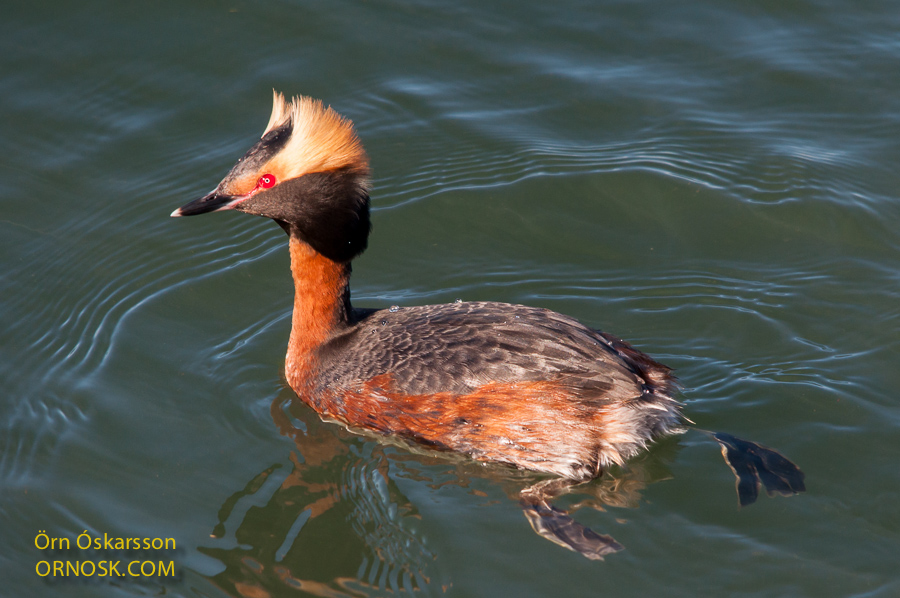
The Slavonian Grebe (Podiceps auritus) is a species with an unfavourable conservation status in Europe, amber list criteria according to RSPB. The population is recovering and the population size has more than doubled in the last 25 years. The estimated population in Iceland is around 700 breeding pairs.
In the winter time the Slavonian Grebe stays in the sea, some in the ocean around Iceland and some also in Western Europe. You are most likely to see them in and around Mývatn in the North, Ástjörn in Hafnarfjörður and Reykhólar in the West. The Slavonian Grebe lives in lakes and ponds in the summer time and the nest floats on the water among the reeds.

